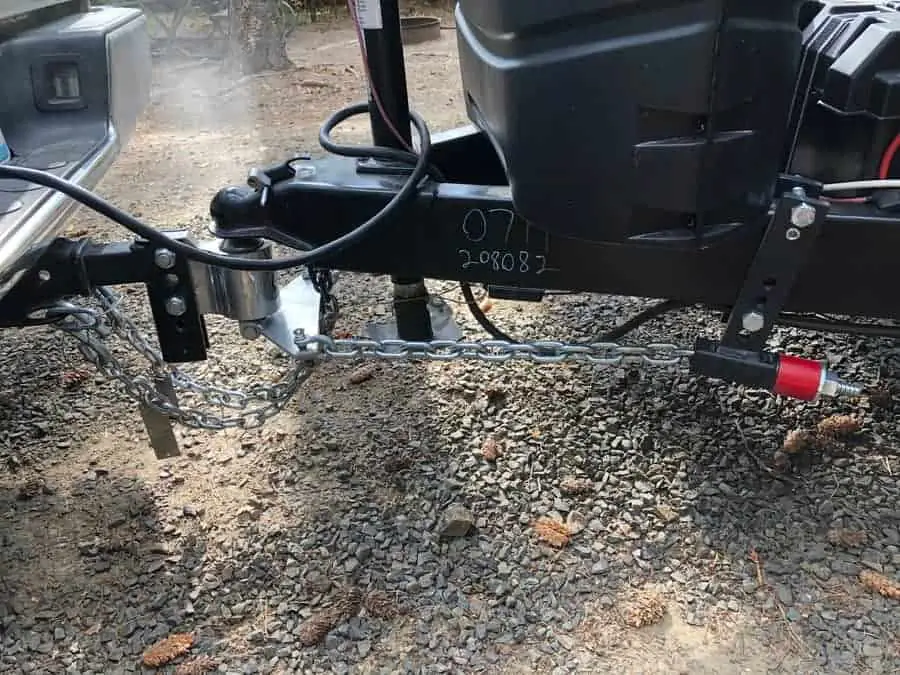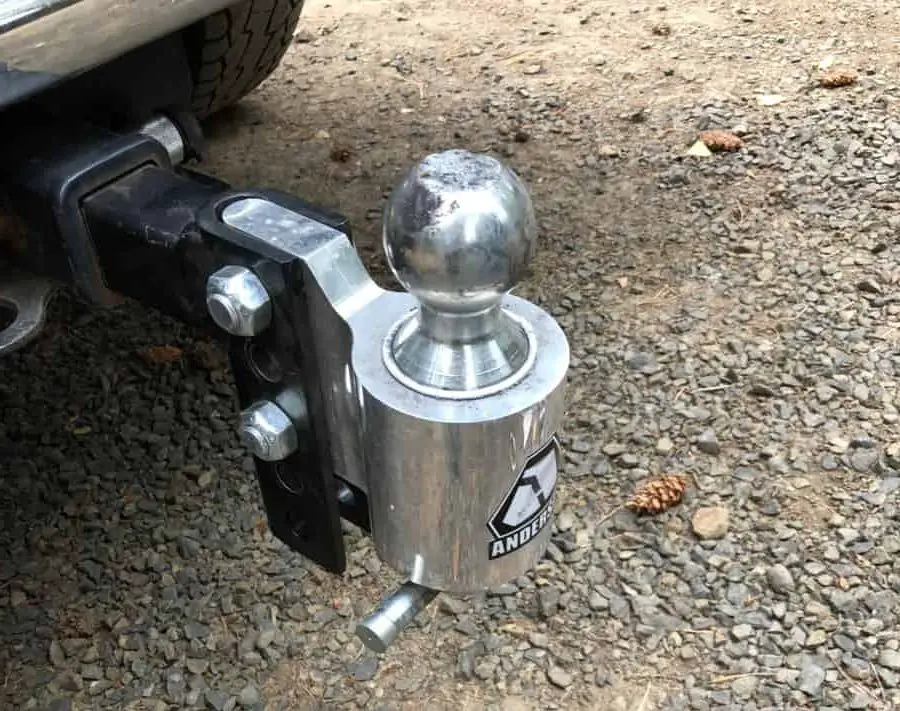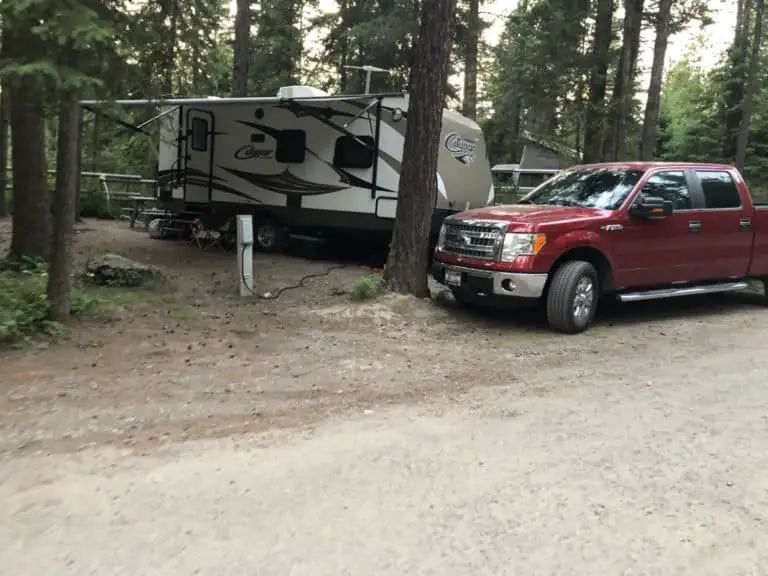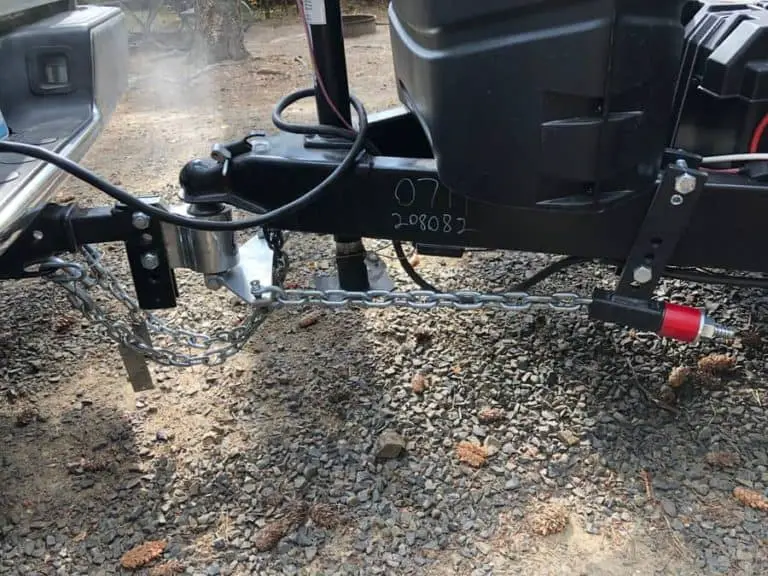Can You Use a Sway Bar Without Weight Distribution Hitch on your Travel Trailer?
Thanks to tools like sway bars and weight distribution hitches, towing trailers and RVs is safer than ever. However, not everyone wants to invest in both towing tools and would prefer to spend their money on just a sway bar. This begs the question, though, about whether or not it’s ok to use a sway bar without a weight distribution hitch.
You can use a sway bar without a weight distribution hitch. A sway bar will still provide protection against side-to-side movement from your trailer, even if it isn’t paired with a weight distribution hitch. However, it’s best to use a sway control bar and a weight distribution hitch together.
If you’re wondering how and when to use a sway control bar without a weight distribution hitch, you’ve come to the right place. This article will dig into both of those questions and advise you on how to use towing equipment properly. Let’s get started!
Does Sway Bar Need a Weight Distribution Hitch?
If you have a sway bar, you don’t have to have a weight distribution hitch to go along with it. It’s possible to use both pieces of equipment independently or together. Most weight distribution hitches are actually sold with a sway bar feature as part of the package. However, just because they come together doesn’t mean you have to use them together.
When to Use a Sway Bar by Itself
Technically speaking, you never have to use just a sway control bar when towing a trailer. You can always combine it with a weight distribution hitch if that’s your desire. However, if you’re towing a trailer or RV that weighs less than half of your towing vehicle, a weight distribution hitch isn’t required.
Additionally, there isn’t a law that says when you can and can’t use a sway bar. It’s entirely up to your discretion and what will make you feel safe. Here are a few good times to use sway bars.
- If you’re driving in windy conditions.
- If you plan to travel at high speeds.
- If you’re driving on an open highway or freeway.
- If you’re towing a travel trailer that’s more than 25′ in length.
- If you’re carrying a bunch of weight in your travel trailer.
- If the road you’re driving on is bumpy or uneven.
- If you have a single-axle trailer or RV.
- If you don’t have a weight distribution hitch.
How Does Sway Control Work on your Travel Trailer?
As the name indicates, sway control bars aim to reduce movement in your trailer or RV. Sway control bars attach from the tongue of the trailer to the hitch of your towing vehicle. They have a tension system on them so that you can increase or decrease the amount of friction between the trailer and your towing vehicle.
The more tension you add to the sway control bars, the less your trailer will be able to move. While this is very handy for reducing trailer sway, it has a few downsides. First off, you won’t be able to back up your trailer and turn if you have sway control bars. Because of how the bar attaches from the trailer to the towing vehicle, it doesn’t allow for easy turning in reverse.
Secondly, you’ll also be limited with the number of tight turns you can make. Restriction on turning happens for the same reason that you can’t turn in reverse with a sway bar. Despite these restrictions, however, sway control bars are an excellent addition to any towing rig. Here’s how they connect from the trailer to the towing vehicle.
- You’ll need a special trailer hitch that has a small ball on the left or right side of the larger ball.
- There should be a bracket that comes with your sway bar.
- Attach the sway control bracket to the tongue of your trailer or RV with bit-tip screws.
- One end of the sway control bar gets attached to the bracket you just fastened.
- The other end of the sway bar gets attached to the small ball on your truck hitch.
- Raise or lower the lever on the sway control bar to increase or decrease friction.
- Once you’re satisfied, insert pins behind each ball to which you attached the sway bar to ensure it doesn’t come loose.
Do I Need Weight Distribution and Sway Control?
Like we said before, weight distribution and sway control can get used together or independently. However, by using them together, you’re providing both sway control and weight distribution. When both of these problems are addressed, you can safely tow your trailer or RV without fear of losing control.
It’s important to note that a sway control bar isn’t a substitute for weight distribution. Sway bars do absolutely nothing to redistribute the weight of your trailer throughout your towing vehicle. A weight distribution hitch, on the other hand, does help with sway control. Sure, it isn’t as effective as an actual sway control bar, but it does help a little.
Does a 3000 Pound Trailer Need a Weight Distribution Hitch?
Whether or not you need a weight distribution hitch with a 3,000-pound trailer depends on the size of your towing vehicle. If your towing vehicle weighs 6,000 pounds or less, you should have a weight distribution hitch.
Are Weight Distribution Bars Necessary?
Weight distribution bars serve the purpose of redistributing the weight of whatever you’re towing throughout the towing vehicle. The ultimate goal is to make it so that you’re RV or travel trailer is even and level while you’re towing it.
As a rule of thumb, anytime the weight of your trailer or RV is more than half the weight of your towing vehicle, you should have weight distribution bars. The same applies to boat trailers, travel trailers, or anything else you’re towing.
Even if your trailer or RV isn’t more than half the weight of your towing vehicle, it’s never a bad idea to have a weight distribution hitch. It makes for a better, safer, and smoother towing experience in any situation.
Be the first to be notified about FREE tips, hints, coupon codes, and email-exclusive information. All for FREE!








